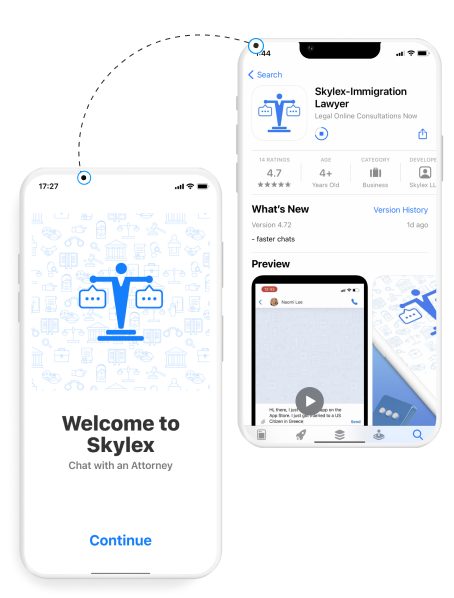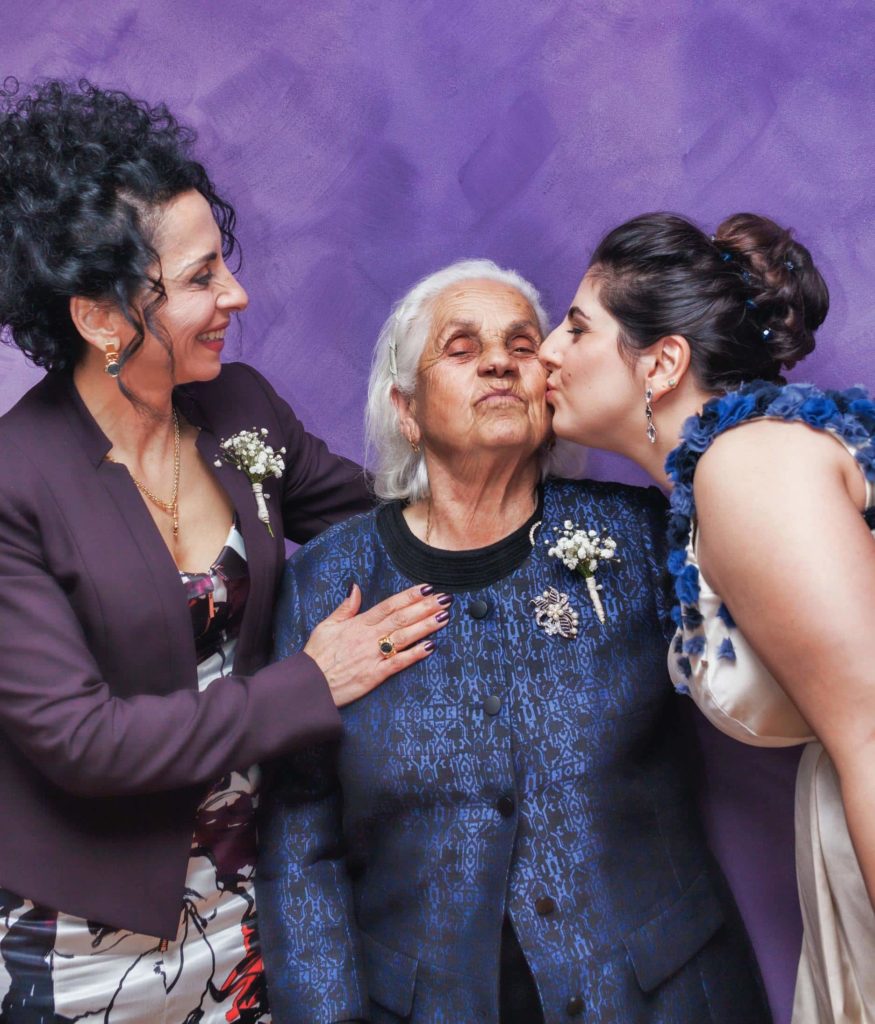Skylex Immigration Lawyer | Solution to any immigration problem
- About
- Immigration Lawyers
-
-
- O-1 Visas: Immigration Options for the Extraordinary
-
-
- Immigration Fee
- Contact Us
Other Services
Family Based Immigration


Family Based Immigration: The Basics
United States Citizens and Lawful Permanent Residents have the ability to petition the U.S. Government for qualifying family members to receive visas to travel to the U.S. or to receive permanent residency in the U.S., also known as receiving a “Green Card”. While family based immigration may seem like the most straightforward path to immigration for foreign family members, the path to a successful family based application is often difficult to navigate with questions of proving good faith, understanding priority dates, and demonstrating qualifying relationships.
If you would like to bring your foreign relative to the United States, here are a few basic rules that you can discuss with your experienced attorney at ilexlaw:
What is a relative?
While our normal definition of a relative may include extended family members, United States Citizenship and Immigration Services (USCIS) has very strict guidelines as to what relationships entitle a U.S. Citizen or Lawful Permanent Resident to petition for a relative to enter the United States.
U.S. Citizen Immediate Relatives :
If you are a U.S. citizen, either by birth or naturalization, you may petition for the following Immediate Relatives:
- Spouses+*
- Children (under the age of 21 and unmarried)
- Parents (citizen must be 21 years or older)

The Immediate Relative category is especially advantageous as it allows the foreign family member to apply for a Green Card with no wait time! In other words, immediate relatives get to skip the line and are not subject to numerical limitations and priority dates like other relatives.
It is important to note that while there are great benefits to the immediate relative category, USCIS scrutinizes these applications to ensure that the qualifying relationship is valid and/or in good faith. The assistance of an experienced attorney can help citizens and foreign relatives navigate this complex process.
+For more information on special rules for spouses, please visit our web page for MARRIAGE BASED GREEN CARD.
*As of June 26, 2013 a spouse under U.S. Immigration Law also includes lawfully married same-sex couples.

Other U.S. Citizen Relatives :
In addition to Immediate Relatives, U.S. Citizens may petition for the following relatives:
- Children (over 21 but unmarried)
- Children (Married)
- Brothers and Sisters
Unlike immediate relatives, these relatives are placed into “preference categories” and are subject to numerical limits. Therefore these relatives often have to wait several years in order to actually apply for the Green Card. Also, relatives of relatives (i.e. certain in-laws and nieces/nephews) may generally apply for a Green Card at the same time as the qualifying relative.
Relatives of Lawful Permanent Residents (Green Card Holders) :
Lawful Permanent Residents are also able to petition for a limited categories of relatives to receive U.S. Green Cards. These relatives include:
- Spouses
- Unmarried children (under 21)
- Unmarried children (over 21)
Unlike U.S. Citizen relatives, these spouses and children are subject to limitations and must “wait in line” to be eligible for a Green Card.


How does my relative get a Green Card?
If your relative fits into one of the categories discussed above, the first step is always to file Form I-130, Petition for Alien Relative, with USCIS. This process concentrates on establishing the qualifying relationship of the U.S. Citizen or Lawful Permanent Resident and the Relative and it is crucial to include the right information in this Petition.
If you are a U.S. Citizen filing for an immediate relative who is already inside the U.S. (and entered at some point on a valid visa) then you may file Form I-485 to Adjust Status and receive a Green Card.
This process is technically “immediate” as there is no wait time but the actual Green Card will likely take several months to receive. Prior to receiving the Green Card the citizen and relative will also have to go for an interview with USCIS. A medical exam for the relative is also required.
If you are a U.S. Citizen filing for an immediate relative who is outside of the United States, your I-130 will be reviewed first by USCIS. After approval, the case will be transferred to the National Visa Center and eventually a U.S. Embassy or Consulate where the relative will undergo “consular processing” and, if approved, will enter the U.S. as a Green Card holder.
If you are U.S. Citizen or Lawful Permanent Resident filing for a non-immediate relative, upon filing the I-130 you will receive apriority datebased on the date the I-130 was filed. After approval of the I-130, your relative will have to wait until the priority date is “current” to apply for a Green Card. Priority dates are listed each month in a special visa bulletin issued by the Department of State. Once your relative’s priority date is current, he or she may apply for a Green Card by filing Form I-485 (if in the U.S. on another lawful status) or by utilizing consular processing.
How can Skylex help?
The attorneys are Skylex specialize in both family and employment based immigration and are available to discuss your unique case at anytime. At Skylex, we pay attention to every detail of our client’s cases and work with our clients to develop strong, successful strategies to confront any issues that may arise. After retaining an Skylex attorney, we will represent you and your relatives throughout this complex immigration process, prepare your case, and answer any questions.


Special Considerations: –
- The above information addresses situations where a qualifying relative wishes to come into the U.S. permanently. For information about visitors visas, student visas, or other short term visa solutions, click here.
- For Fiancé(e)’s of United States Citizens, please visit our web page for Fiancé(e) Visa.
- Certain “Special Immigrants” that are relatives of U.S. Citizens or Lawful Permanent Residents may also apply for Green Cards through special processes. Please contact ilexlaw, pllc to discuss these cases.
- The Child Status Protection Act (CSPA). In certain cases, the CSPA may allow you to retain the classification of “child” even if you have reached age 21. The experienced attorneys at ilexlaw, pllc can discuss your immigration options when you or your child may turn 21 prior to the priority date.
- Please note that there are special rules for children who have been adopted. Please contact one of our attorneys today to discuss immigration benefits for adopted children.






